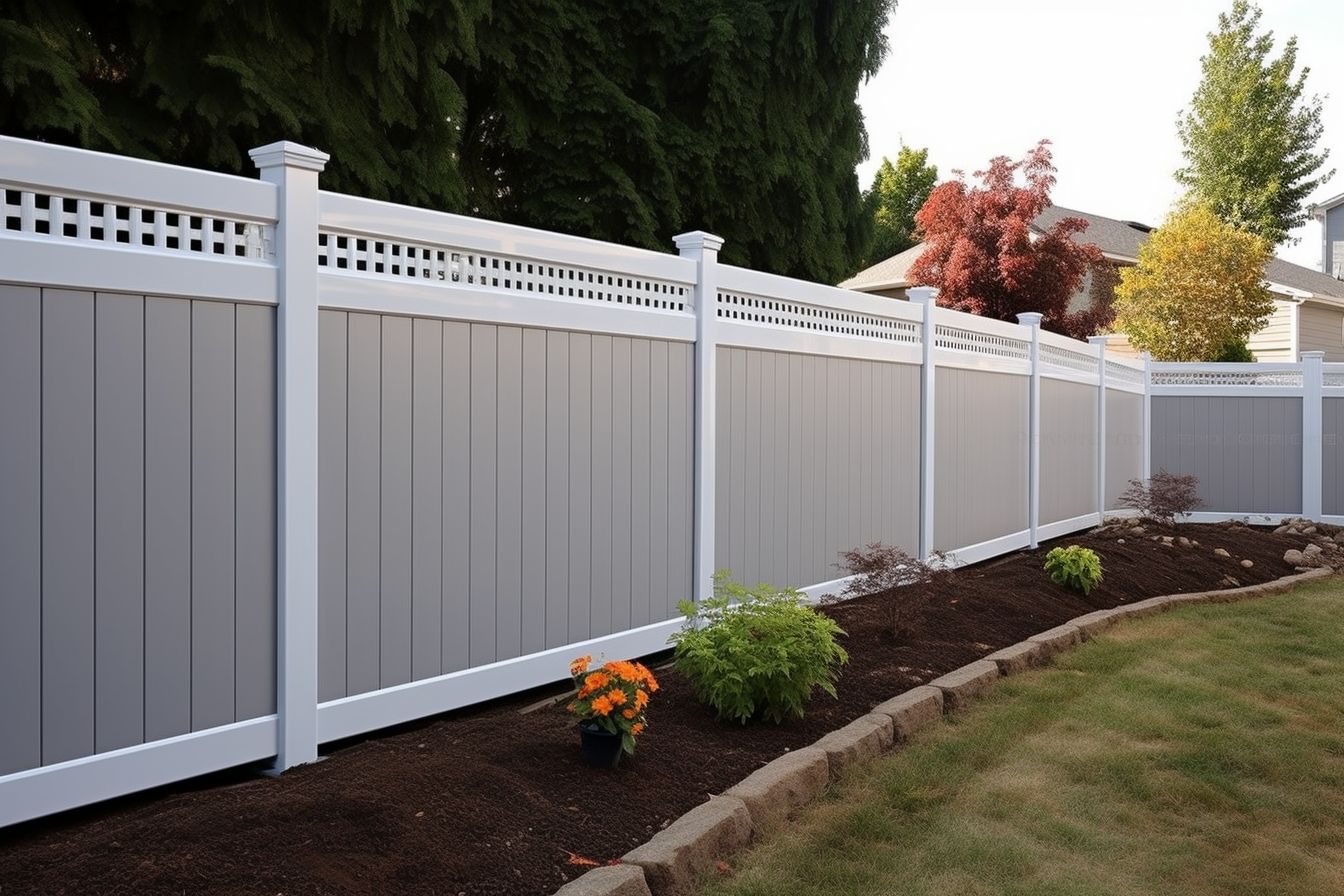Gardening Services: Care for Plants, Lawn, and Landscaping
A well-maintained outdoor space supports biodiversity, improves curb appeal, and creates a relaxing place to spend time. Gardening services cover a wide range of tasks from one-off cleanups to ongoing maintenance plans that handle seasonal needs. Whether you want a low-maintenance garden, professional planting, or regular lawn care, understanding typical services and how they fit together helps you make practical choices for the size of your property and your lifestyle.

Gardening services and what they include
Professional gardening services typically handle planting, pruning, mulching, soil improvement, and ongoing maintenance. Technicians can install or maintain irrigation systems, manage compost and organic amendments, and perform pest and disease checks. Jobs range from single visits—such as planting a bed or pruning shrubs—to recurring schedules that keep beds tidy and plants healthy. Many gardeners will also advise on plant selection for local climate and soil, and can carry out seasonal tasks like bulb planting or autumn leaf clearance.
How landscaping complements your garden
Landscaping integrates structural elements with plants to create usable outdoor space. Services may include creating pathways, installing retaining walls or raised beds, adding decorative stone or bark, and setting up drainage solutions. Thoughtful landscaping considers scale, sightlines, and practical needs such as access and erosion control. While gardeners focus on plants and beds, landscapers often coordinate hardscaping and grading; many providers offer combined gardening and landscaping options so plants and built elements work together harmoniously.
Maintaining a healthy garden year-round
Year-round garden health relies on seasonal routines: spring soil preparation and planting, summer watering and pest monitoring, autumn pruning and mulch renewal, and winter protective measures where needed. Regular tasks include soil testing, adding organic matter, monitoring moisture levels, and removing invasive species. A maintenance plan from a gardening service can outline frequency (weekly, biweekly, monthly) and prioritize tasks by season. Consistent attention prevents small issues from becoming major problems and supports steady growth for trees, shrubs, and perennial plants.
Lawn care essentials for different seasons
Lawn care covers mowing, fertilization, aeration, overseeding, and weed management. Timing matters: spring is often for fertilizing and addressing bare spots, summer for careful irrigation and mowing at recommended heights, autumn for aeration and overseeding, and winter for cleanup and planning. Proper mowing technique and blade sharpness reduce stress on grass, while targeted nutrient applications improve resilience. Many gardening services bundle lawn care with broader garden maintenance, allowing coordinated timing of fertilization and irrigation systems to avoid conflicts with planting schedules.
Choosing plants and planting strategies
Selecting the right plants involves matching species to soil type, sunlight, microclimate, and maintenance capacity. Native and well-adapted plants typically need less water and fewer inputs than exotic varieties. Planting strategies include grouping by water needs (hydrozoning), using companion planting to deter pests or boost pollinators, and spacing for mature size to reduce future crowding. Professional gardening services can recommend plant palettes that suit your site and aesthetic, and can install plants with proper depth, backfill, and initial watering routines to improve establishment success. If unsure, look for local services or advice in your area to align choices with regional conditions.
Conclusion
Gardening services span simple maintenance tasks to comprehensive landscaping projects. Understanding the typical offerings—planting and pruning, seasonal maintenance, lawn care, and design integration—helps set expectations about scope and frequency. Matching services to your goals, whether low-maintenance beds or a mixed-use outdoor living area, leads to healthier plants and more predictable results without unnecessary effort. Regular, seasonally appropriate care and informed plant selection are the core elements that sustain an attractive, resilient garden.






